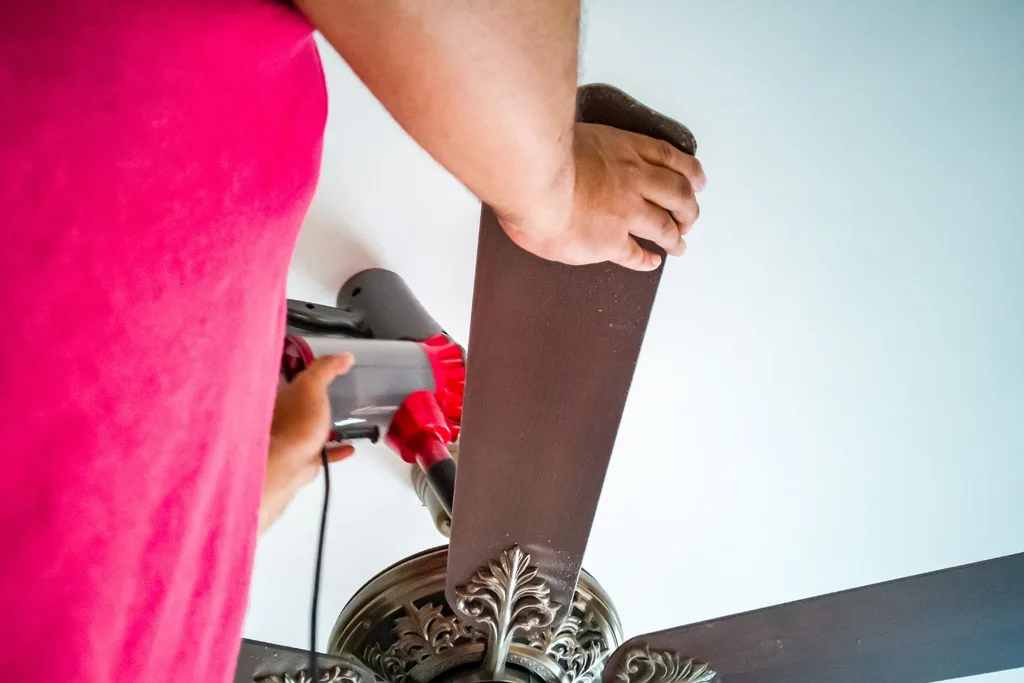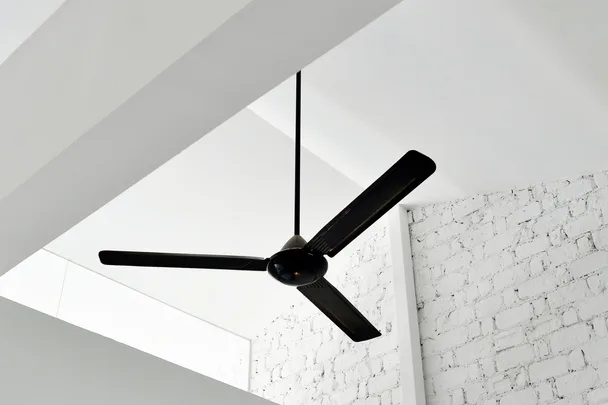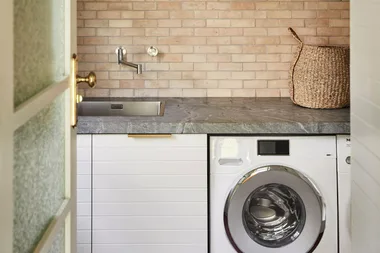Cleaning your ceiling fans is not an often talked about chore…
While they’re used almost every day, ceiling fans are often forgotten about when it comes to cleaning. Although they’re situated above all the action, they still collect exorbitant amounts of dust, dirt, and grime.
This can lead to an increase in hay fever and allergy symptoms, as your fan blades circulate air contaminated with dust that has settled on them over time. Not only that, but household dust has been found to contain a whole heap of nasty microplastics and trace metals.
The best ways to clean your ceiling fans without causing dust to fly onto the floor are quite straightforward but are usually not considered.
Let’s review the simplest cleaning method for ceiling fans and some popular hacks while we’re at it!
How to clean ceiling fans
How often should you clean your ceiling fans?
The first question to tackle is, how often should you really be cleaning your fans?
Like any household dusting chore, giving your ceiling fan a dust over weekly should curb dust build-up, while a monthly deep clean will keep your fan blades squeaky clean. During the hotter months, when you use your fans more than usual, an extra wipe-over can be beneficial as well.
Before you get started
Before starting the process of dusting, it is always important that keep your own health and safety in mind. Dust moving around, especially when cleaning products are involved, can trigger hay fever and allergy symptoms.
Wearing a mask, gloves, and protective cleaning gear will reduce the effects of the ‘dust bomb’ you may create when cleaning your ceiling fans (though these tricks will hopefully prevent that!).
In addition to protective gear, your ceiling fans are usually quite high up and not reachable from the ground. Using a ladder or sturdy stool is key to ensuring you stay safe during the dusting process.
And of course, if you’re doing a whole house deep-clean, make sure to start at the top! Clean your ceiling fans first, then follow with dressers, tables, surfaces that dust could have settled before moving to the floor. It’s only logical!

Remove loose dust
Removing loose dust from your ceiling fan blades is the first course of action.
This can be done in many ways, but the simplest and most efficient is by getting your vacuum up there. Using a small nozzle attachment, your vacuum will be able to collect more loose dust than most cloths or wipes. Easy disposal of dust and dirt from a vacuum is also beneficial.
However, if you are standing on a step ladder or stool, ensuring that your vacuum is light enough and not too awkward to carry is essential.
Wipe down blades
Unsurprisingly, fancy cleaning products never surpass the effectiveness of simple soap and warm water. After collecting loose dust, your fan blades may still have dust, dirt and grime that is harder to clean.
Using a regular household cloth and warm, soapy water should do the trick in removing any dark spots or stubborn dust build-up.

The top cleaning hacks for your ceiling fan
If a vacuum is not a viable option for cleaning your ceiling fans, there are a couple of alternative ways that have proven very effective.
Some social media users swear by using a microfibre cloth for removing dust from their fans. This is because the tiny fibres contained in the cloth can easily pick up dust particles. However, microfibre cloths will not release dust and dirt easily, making it a less sustainable choice for cleaning.
The second fan cleaning hack involves using a pillow case. Instead of wiping down your blades with a smaller cloth, you can instead spray a pillow case with cleaning spray and place it over the whole fan blade to collect dust. This method is very effective if you wish to collect dust, but spot-cleaning or wiping down stubborn areas will need to be done afterwards.
 Getty
Getty









